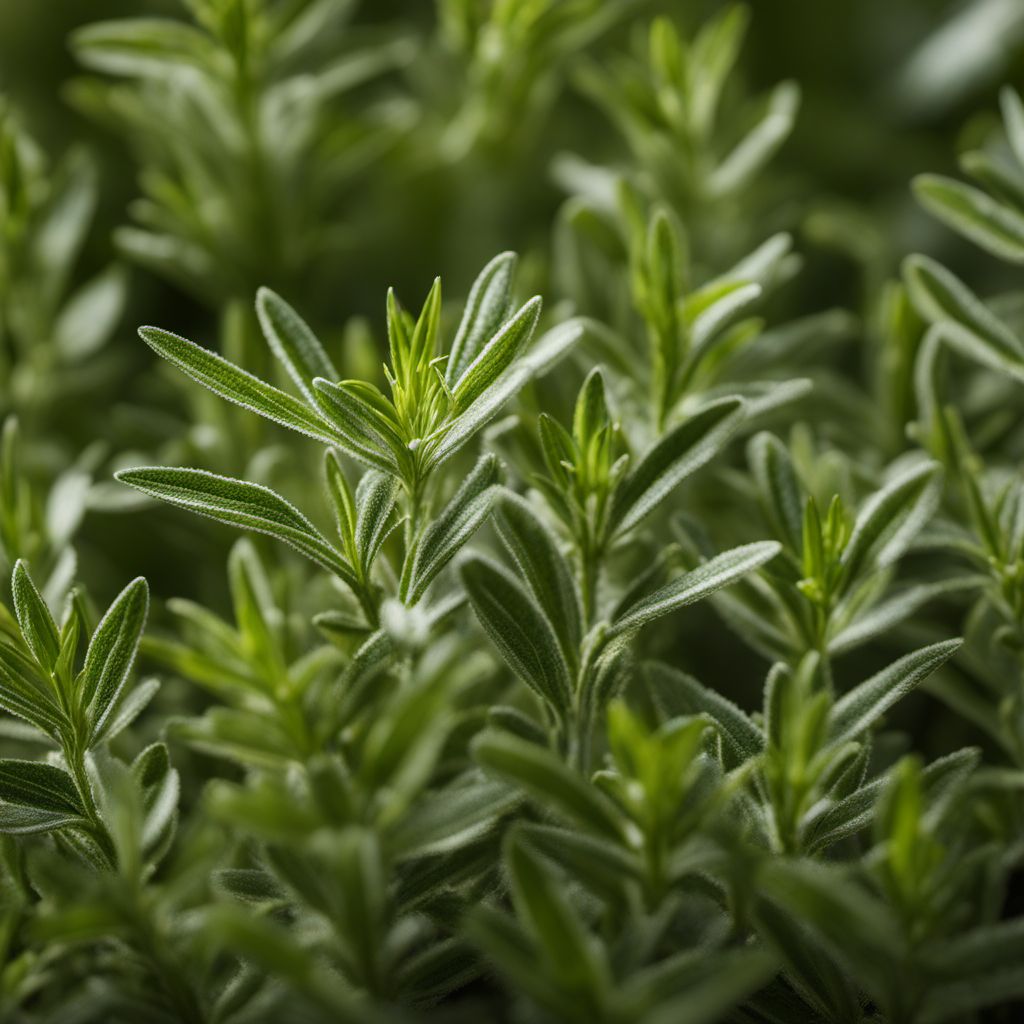
Ingredient
Savory, dry
Umami Delight
Savory, dry ingredients, such as dried mushrooms, seaweed, and miso, bring a unique umami flavor to various culinary creations. These ingredients have a concentrated taste that adds depth and complexity to soups, stews, sauces, and marinades. Their dry nature allows for long shelf life and easy storage, making them pantry staples for many cooks.
Origins and history
The use of savory, dry ingredients can be traced back to ancient civilizations, where they were valued for their ability to enhance the taste of food. Dried mushrooms, for example, have been used in Asian cuisines for centuries, while seaweed has been a staple in coastal regions. Miso, a fermented soybean paste, has a long history in Japanese cuisine. These ingredients continue to be cherished for their unique flavors and culinary versatility.
Nutritional information
Savory, dry ingredients are generally low in calories but rich in flavor. They are excellent sources of umami, a taste associated with savoriness and depth. Dried mushrooms are also a good source of protein, fiber, and various minerals. Seaweed is packed with vitamins, minerals, and antioxidants, while miso provides probiotics and essential amino acids. However, these ingredients can be high in sodium, so moderation is key.
Allergens
There are no known allergens specifically associated with savory, dry ingredients. However, individuals with allergies to specific ingredients, such as soy or mushrooms, should exercise caution and read labels carefully.
How to select
When selecting savory, dry ingredients, look for high-quality products. Choose dried mushrooms that are whole, unbroken, and free from signs of moisture or mold. Opt for seaweed that is vibrant in color and has a crisp texture. For miso, select a reputable brand and consider the different varieties available, such as white, red, or mixed. Store these ingredients in airtight containers in a cool, dry place away from direct sunlight to maintain their quality and flavor.
Storage recommendations
To preserve the freshness and quality of savory, dry ingredients, store them in airtight containers in a cool, dry place. Dried mushrooms should be kept away from moisture and direct sunlight. Seaweed should be stored in a cool, dark place to prevent it from becoming damp or losing its crispness. Miso should be refrigerated after opening to maintain its flavor and prevent spoilage. Follow the recommended storage instructions on the packaging for each specific ingredient.
How to produce
Producing savory, dry ingredients at home can be a complex process that often requires specialized equipment and knowledge. However, some ingredients, like dried mushrooms, can be made by carefully dehydrating fresh mushrooms in a low-temperature oven or using a food dehydrator. Seaweed cultivation is a more involved process that typically requires access to coastal areas and specific growing conditions. Miso production involves fermenting soybeans with koji, a type of mold, and can be challenging for beginners. It is recommended to purchase these ingredients from trusted sources.
Preparation tips
Savory, dry ingredients require different preparation techniques depending on the ingredient. Dried mushrooms can be rehydrated by soaking them in warm water or broth before using them in recipes. Seaweed can be used as a topping for salads, soups, or rice dishes, or rehydrated and incorporated into various recipes. Miso is commonly used as a base for soups, marinades, and sauces, but can also be used as a seasoning or spread. Experiment with these ingredients to discover their unique flavors and adapt them to different dishes.
Culinary uses
Savory, dry ingredients are widely used in various culinary applications. Dried mushrooms are commonly used in soups, stews, risottos, and sauces, adding depth and umami flavor. Seaweed is a popular ingredient in Asian cuisines, used in soups, sushi, salads, and snacks. Miso is a key component in traditional Japanese dishes like miso soup, but also adds flavor to dressings, glazes, and even desserts. These ingredients are essential for creating rich and flavorful dishes.
Availability
Savory, dry ingredients are commonly available in grocery stores, supermarkets, and specialty food stores worldwide.
More ingredients from this category » Browse all

Wintergreen leaves, dry
Nature's Minty Delight

Rosemary, dry
"The Fragrant Herb: Unveiling the Secrets of Dried Rosemary"

Sage, dry
The Timeless Herb: Unveiling the Versatility of Dry Sage

Balm leaves, dry
The Soothing Herb: Balm Leaves

Wormwoods, dry
The Bitter Herb: Wormwoods

Celery leaves, dry
The Flavorful Herb: Dry Celery Leaves

Thyme, dry
The Essence of Thyme: A Versatile Herb

Marjoram, dry
Discovering the Aromatic Delights of Dry Marjoram

Tansy and related species, dry
The Golden Herb of Ancient Times

Lavender, dry
The Fragrant Herb: Lavender

Mints, dry
The Versatile Herb: Unlocking the Aromatic Power of Dry Mints

Basil, dry
The Fragrant Herb: Dried Basil
